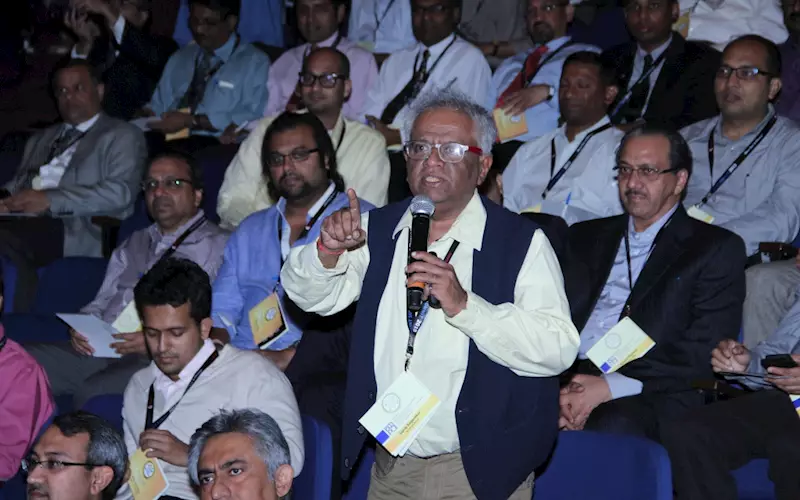Lessons to learn from the Lords of Finance, hundreds year ago
In these times of money crisis and cash upheavals, Jayraj Salgaokar the publisher and founder of Kalnirnay, India's largest selling multilingual publication has a way ahead. In Salgaokar's Marathi publication, Paisa Aani Madhyamvarg (Money and the Middle Class), which was published by Majestic Publishing House in 2012, there is a chapter about "the Badshahs of the World of Money". In this chapter, Salgokar studies Liaquat Ahamed's 564 page Lords of Finance which examines four central bank
14 Dec 2016 | By PrintWeek India
There is a charming story about how in 1999, Liaquat Ahamed saw a Time magazine cover photograph of Alan Greenspan (then chairman of the Federal Reserve Board), Robert Rubin (Treasury secretary) and Lawrence Summers (deputy secretary). On cue, Ahamed pondered the article's headline: "The Committee to Save the World." That is when he knew he had found his four super heroes - and a great book.
His four stars were: Sir Montagu Norman, governor of the Bank of England; Benjamin Strong, who headed the Federal Reserve Bank of New York; Emile Moreau, governor of the Banque de France and Hjalmar Schacht; who headed the Reichsbank. These men according to Salgaokar schemed to rescue our planet from economic fragility, from the bubbles and busts and the events that led to the Great Depression.
Salgaokar's 22 page study of the first collective of central bankers is insightful. More importantly it is most relevant for India. For one, in the 1920s, the four top central bankers had acquired a mystique and fame; and were described as "the most exclusive club in the world". Lessons which have been forgotten during the sub-prime crisis and the Lehmann Brothers fiasco.
Salgaokar is an economics student and he provides as a peek into the world view of Ahamed who was an insider in the World Bank. The book is as much as the chapter seems to suggest central bankers are a metaphor like the Myth of Sisyphus. This was the man whom the gods condemned to roll a large stone up a steep hill only for it to roll down again when it reached the peak.
As the NY Times said while reviewing The Lords of Finance, "These central bankers were so steeped in dogma that they were incapable of imagining a word lesser mortals are familiar with: failure."
Hundred years have passed by, and the question remains the same. Do we understand the workings of that complicated apparatus any better than our forebears did? Or do we only think we do? John Maynard Keynes said it best in an essay about "The Great Slump of 1930. he said: "We have involved ourselves in a colossal muddle, having blundered in the control of a delicate machine, the working of which we do not understand."
Books
LORDS OF FINANCE
The Bankers Who Broke the World
By Liaquat Ahamed
Illustrated. 564 pp. The Penguin Press. Rs 2,225
PAISA ANI MADHYAMVARGA
By Jayraj Salgaokar
184 pp. Majestic Publishing House. Rs 250














 See All
See All